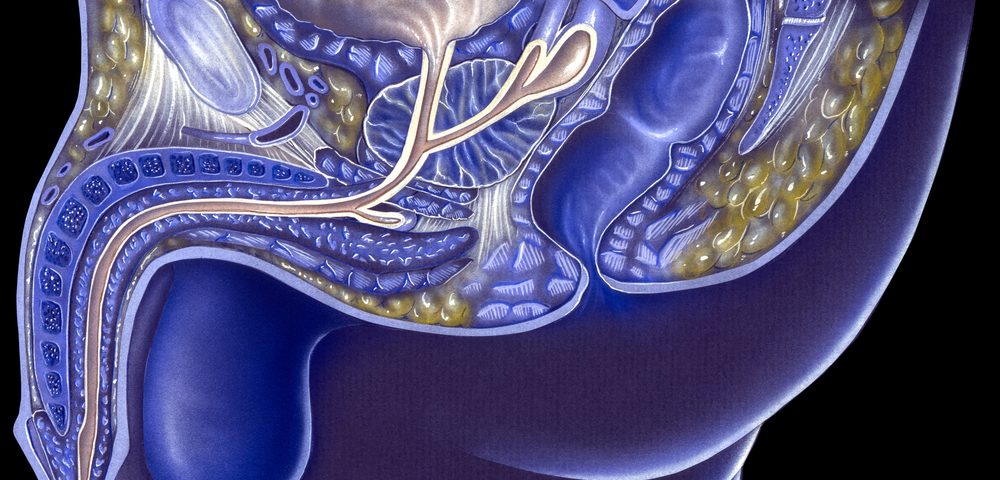Image-guided laser focal therapy is as effective as radical prostate removal surgery at treating men with localized prostate cancer, without the added risks of infection, incontinence, and erectile dysfunction, according to 10-year interim data from a Phase 2 trial.
The trial findings were slated to be presented in a poster, “Outpatient Trans-Rectal MR-Guided Laser Focal Therapy Phase II Clinical Trial: Ten-Year Interim Results,” at the 2020 American Urological Association (AUA) Annual Meeting in Washington, D.C. That meeting was cancelled due to the COVID-19 pandemic. The data was published in The Journal of Urology.
Focal therapies aim to eliminate only the cancerous regions of the prostate instead of the whole gland. They are increasingly being explored as therapy options for men with low and intermediate risk of localized prostate cancer.
This is mainly because these type of therapies are usually associated with fewer undesirable side effects, which can be brought on by the removal of portions of the prostate that scientists say should not be disturbed.
“Magnetic resonance image (MRI)-guided laser focal therapy enables doctors to contour their approach to the areas of the prostate that needs to be treated, while creating safety boundaries around the areas that need to remain untouched,” Bernadette M. Greenwood, chief research officer of HALO Diagnostics, said in a press release.
“This level of precision compared to other approaches, such as radical prostatectomy, radiation therapy and even other focal or targeted approaches like high-intensity focused ultrasound (HIFU), substantially lowers the risk of side effects, including urinary incontinence, impotence and decreased bowel function,” Greenwood said.
“Unlike other treatments, laser focal therapy does not limit the option to treat with radiation therapy or surgery if needed later,” she added.
During the procedure, which can be performed in an outpatient setting without general anesthesia, physicians first use an MRI to identify the tissues to be eliminated. Then, a laser device is used to burn and destroy those tissues.
HALO Diagnostics was the first company in the world to investigate the safety and effectiveness of MRI-guided laser focal therapy. Using an FDA-approved laser and planning system devices, HALO monitored and treated men with localized prostate cancer in a Phase 2 trial (NCT02243033).
The study, which is still recruiting participants at a single site in Indian Wells, Calif., aims to enroll up to 1,000 men, age 45 and older, with low-to-intermediate risk of localized or recurrent prostate cancer. It will be concluded once 200 patients complete the study’s 20-year follow-up period.
The 10-year interim findings from the trial, which included data from more than 170 patients, showed the incidence of infections, incontinence, and impotence was lower than 1% for those receiving MRI-guided laser focal therapy.
These side effect rates are much lower than those seen in men undergoing total removal of their prostate gland, the researchers noted. Erectile dysfunction can occur in up to 50% of such cases, and incontinence in 25%.
Additionally, none of the men who completed the first 10 years of the study died from prostate cancer, and nearly all (99%) remained free of metastasis (distant cancer spreading) during this period.
“The interim Phase 2 results indicate a paradigm shift in the treatment of men with intermediate risk prostate cancer and those with biochemical recurrence,” said John Feller, MD, chief medical officer of HALO Diagnostics. “These results are … an exciting development in the advancement of laser focal therapy for prostate cancer.”

